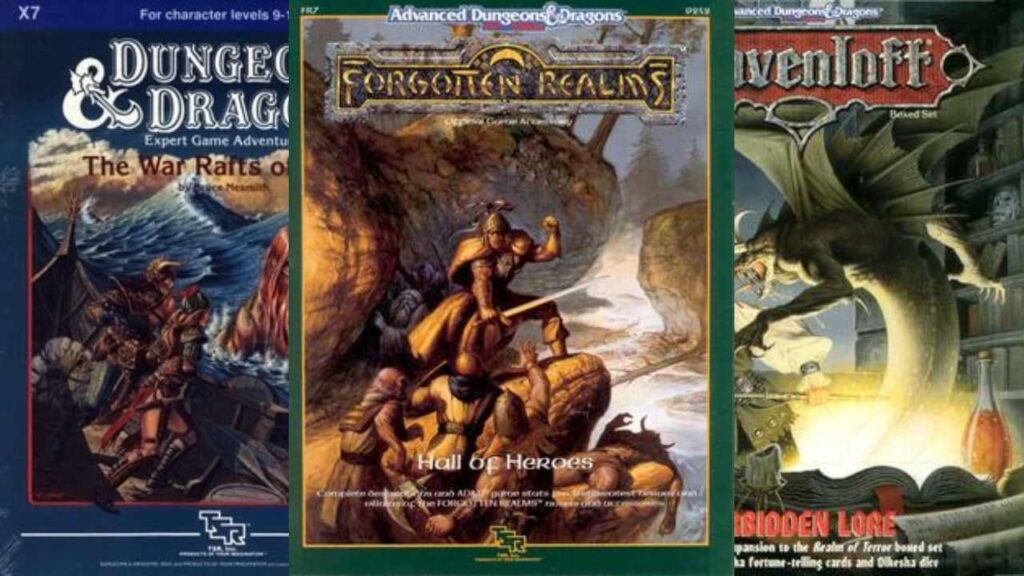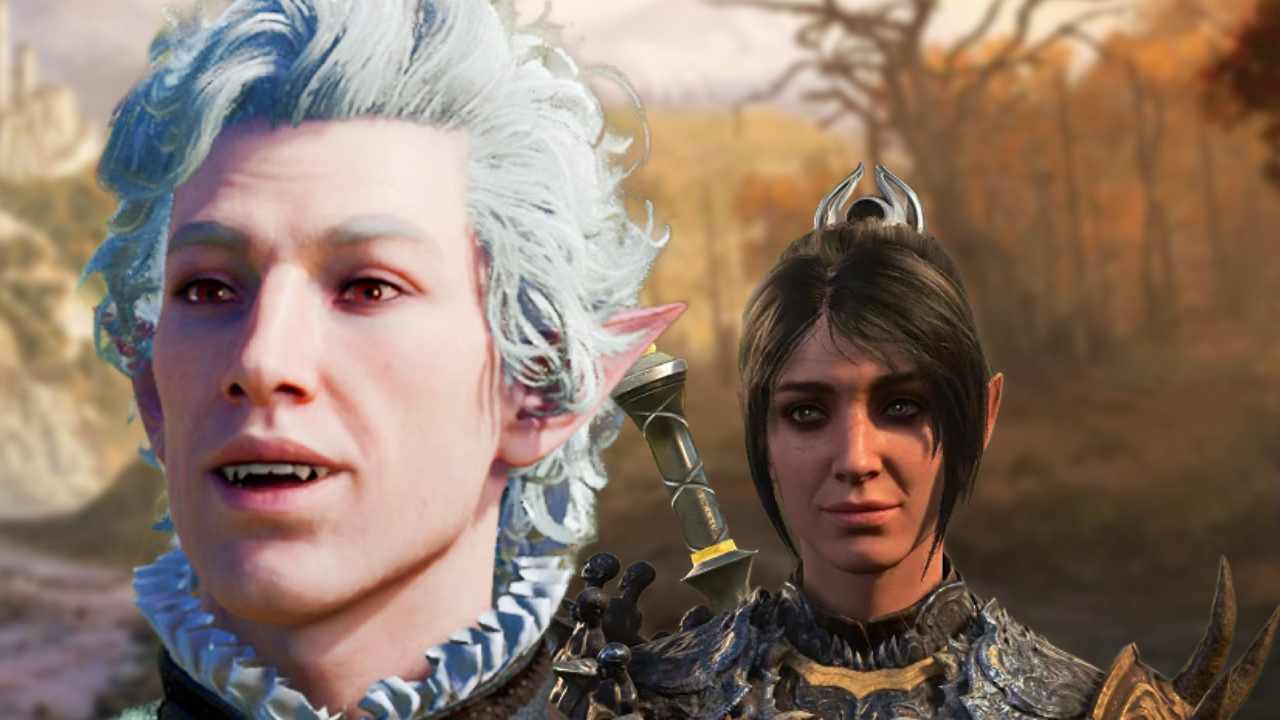While veteran game designer Bruce Nesmith is largely known for his work on Bethesda’s Elder Scrolls and Fallout games, the iconic game designer has his history in tabletop. Prior to joining the game studio for 1996’s Daggerfall, the game designer spent a decade designing official Dungeons and Dragons adventures for TSR.
Now retired and working on his LitRPG series Glory Seeker, which is soon to release its sixth and final entry, we sat down with Nesmith for an upcoming episode of the FRVR Podcast to discuss his storied career.
As a designer for Dungeons and Dragons who lived and worked through the Satanic Panic of the 1980s, Nesmith explained the current popularity of the tabletop series gives him and his former colleagues a “healthy dose of validation”.
“It also comes with the understanding that we were more popular than we realised with the younger audience,” he explained. “We’re a cultural icon, as it were, because of the things we did [and made].”
Dungeons and Dragons has been wildly popular over the last decade, not only receiving its own live-action movie, but spawning entire online industries such as Critical Role and Tales of the Stinky Dragon, entertainment series where fans watch others play through deep D&D adventures.

However, the biggest D&D success of the past few years is undeniably Larian Studios’ Baldur’s Gate 3 which has been a runaway hit with millions of players, creating a die-hard fanbase.
Not only has Nesmith played through Larian’s adventure, but the Skyrim designer has played it “all the way through to the end” of Larian’s massive adventure. “I played the whole thing,” he said, “and I played it with friends.”
Over the decades since Dungeons and Dragons released on pen and paper, there have been countless attempts to computerise the game. While Nesmith doesn’t have a top ten list of what games are best at bringing the tabletop experience into video games, BG3 is—for now—the pinnacle.
“I would absolutely put, right now, Baldur’s Gate 3 at the very top of the list, but I have extremely fond experience with Baldur’s Gate 2,” the designer said. “That was two-dozen years ago and that was a fantastic game, I loved the heck out of that game.”
“Obviously, they loved this project, the loved the game, and that came through. And they didn’t try to hide behind anything.”
Skyrim lead designer Bruce Nesmith on BG3
But what makes Baldur’s Gate 3 so good at portraying D&D when other titles slip? Honestly, it’s damn near everything but, for Nesmith, a lot of it comes from the fact that the game’s Fifth Edition ruleset is “modified to fit the necessities of the video game environment, so it’s not rigour sly true to Fifth Edition”.
“I think that’s wise,” he said. “Different play systems have different constraints and different needs, so you have to do different things for that.” But even with that altered core,
“I think Larian did a fantastic job with Baldur’s Gate [3],” Nesmith said. “And they did two things… well several things… I think that made a big difference. One is they put in as much as the actual 5E rules as they could functionally manage and still make a quality game, so it felt like what you’re familiar with, and that included turn-based combat, so that it felt like the turns on a tabletop game, so you could sit and think about things for a while, you didn’t have to get all hurried about making your decisions.
“And the second thing is, they tried to make as many decisions have meaning as possible while still telling a coherent story that came to a specific conclusion. You know, things that I also think are important that I didn’t highlight: the quality of the graphics and the voice acting. Those are also wonderful things, but those first two, I think, are what really sold it. That’s what really said, ‘That’s as close as we’ve gotten to tabletop role-playing on a computer.’”
Nesmith explains that Baldur’s Gate 3 not only has a real “synergy with the 5E rules, that really made it work”, but that Larian wasn’t ashamed of its source. There have been decades of D&D-powered games, and a lot of them do feel ashamed of the complexity of their rulesets.
“Obviously, they loved this project, the loved the game, and that came through. And they didn’t try to hide behind anything,” Nesmith said. “One of the things that happened in the earlier years of role-playing games on a computer is that you’d often get a lot of inappropriate comedy poking fun at the game instead of poking fun with the game. And the monotonous grind of doing repetitive activities in order to get yourself up in level, and neither of those things are there in Baldur’s Gate 3. There’s absolutely comedy, but I never felt like I was grinding, not even once.”
Baldur’s Gate 3 isn’t the most faithful recreation of the Dungeons and Dragons ruleset, but that’s because that’s not all it is, and D&D has always been about experimentation. For Nesmith, “the wonderful designers and developers at Larian… paid attention to the things that are important about the Dungeons and Dragons experience and made sure that got into the game”, and that’s far more important than making sure everything sticks to the rules.




